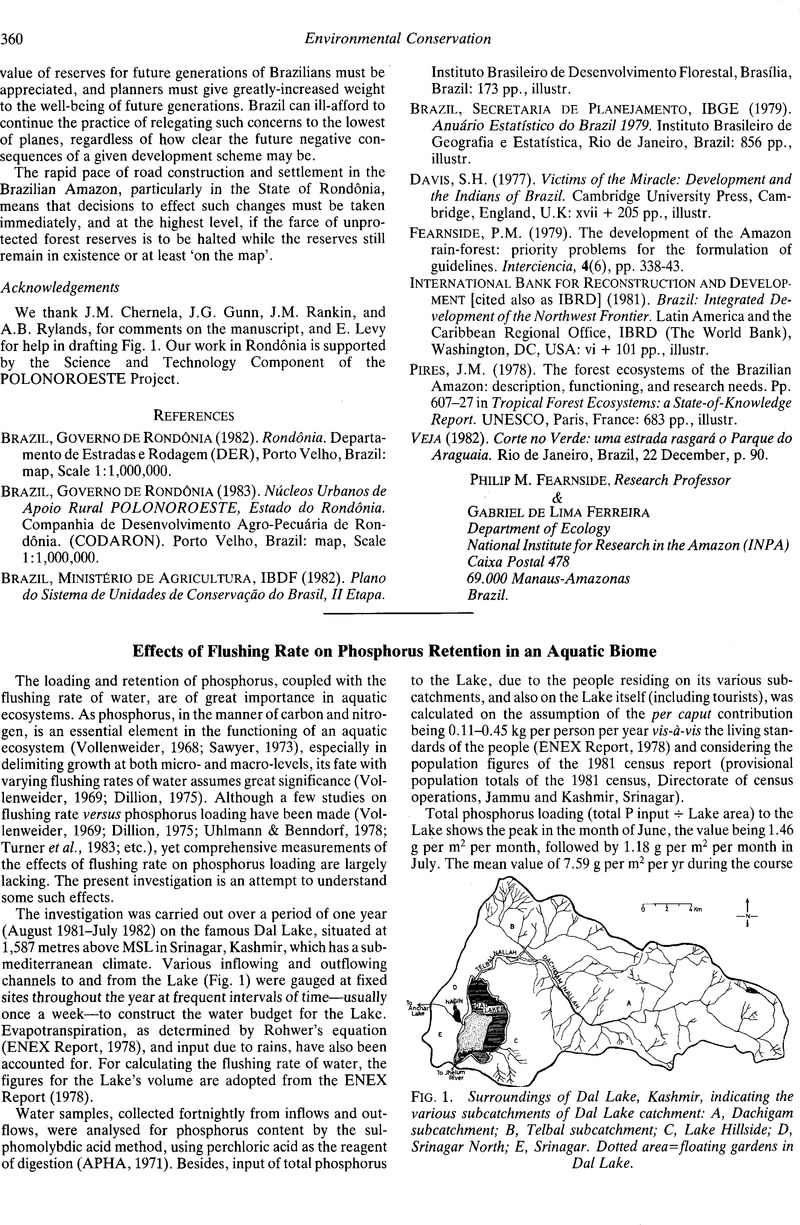Crossref Citations
This article has been cited by the following publications. This list is generated based on data provided by Crossref.
Ishaq, Mohammed
and
Kaul, V.
1988.
Calcium and Magnesium in Dal Lake, a High Altitude Marl Lake in Kashmir Himalayas.
Internationale Revue der gesamten Hydrobiologie und Hydrographie,
Vol. 73,
Issue. 4,
p.
431.
Ishaq, Mohammed
and
Kaul, V.
1990.
Phosphorus Budget for Dal, a Himalayan Lake.
Internationale Revue der gesamten Hydrobiologie und Hydrographie,
Vol. 75,
Issue. 1,
p.
59.



